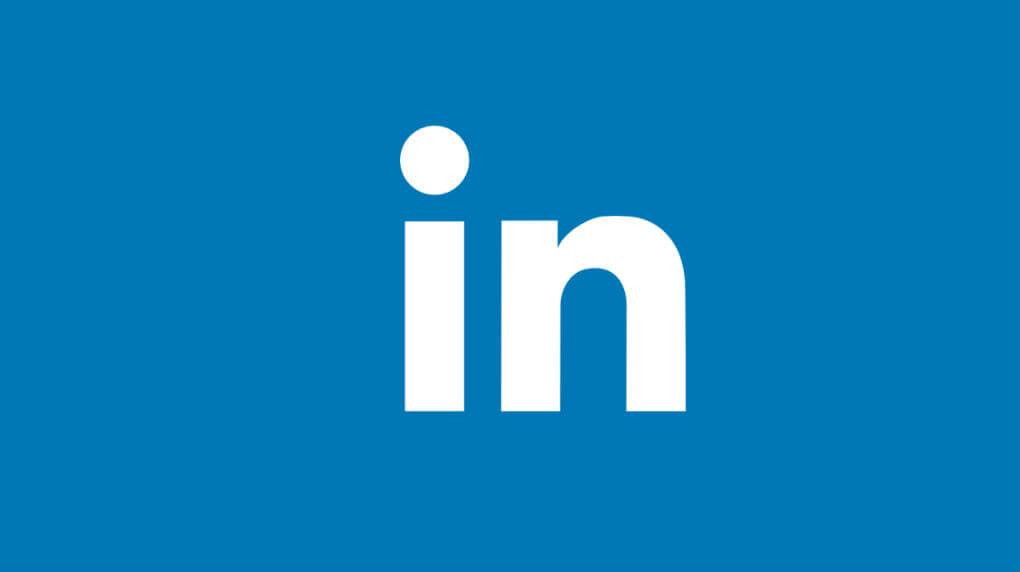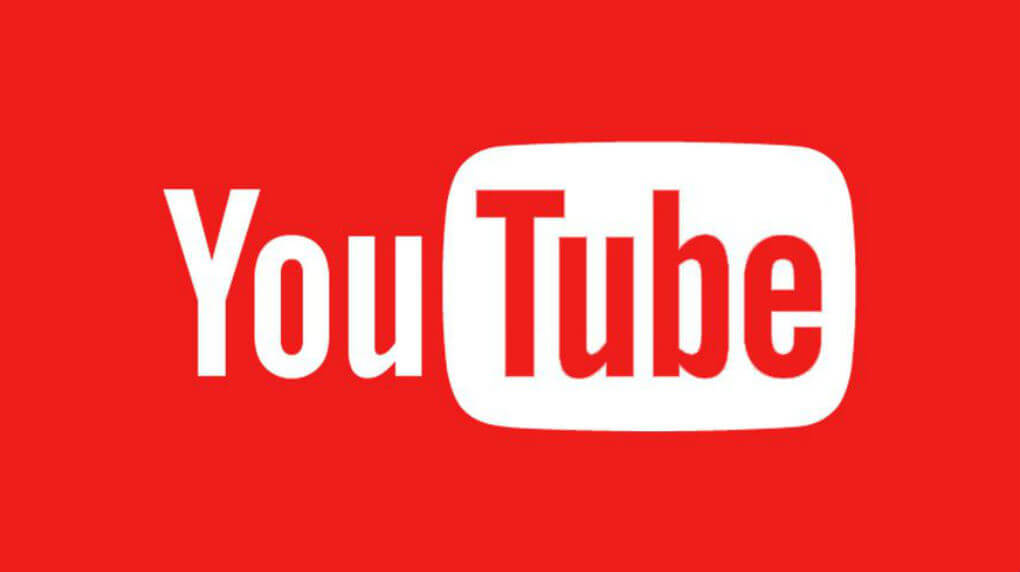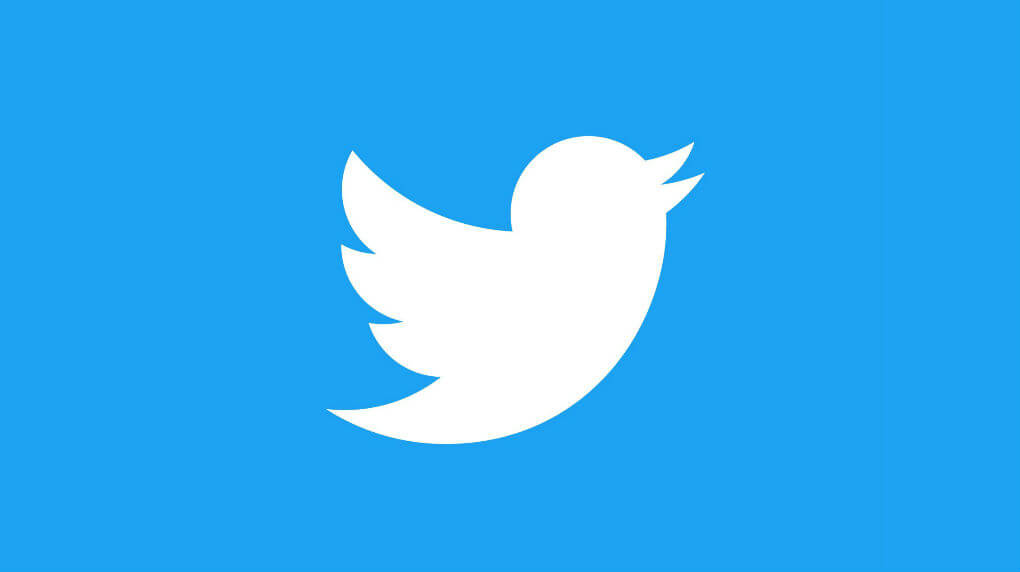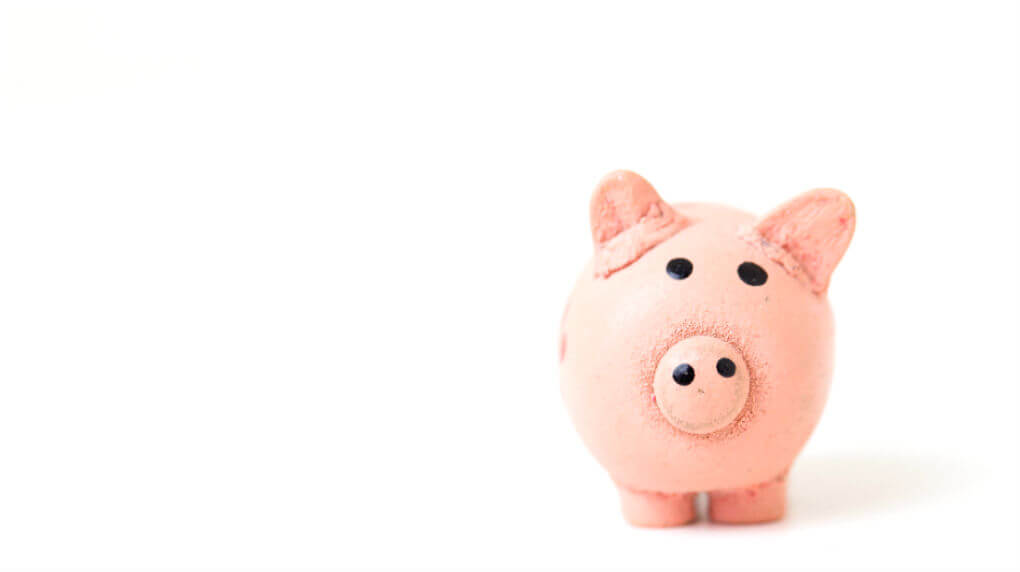Taking the ‘Three Piece Meal’ marketing concept we shared in a previous blog post even further, we’re looking at a “packaged” content marketing strategy. Below you will find more actionable advice and resources, covering budget, creative specs, and strategy behind each platform and recommended tactics.
In our Three Piece Meal example, we chose a video, a blog post, and a landing page as our three pieces of content on a specific topic. Our goal was to get the user to read the blog post, then watch the video, and finally end on the landing page. Providing users with a story until they reach the final conversion point.
Download the content chart diagram that you can download and edit on Draw.IO
Now at this stage, you’ve identified your audience, you’ve picked your channels and greenlit your budget. So, how do you put your Three Piece Meal together?
You are going to need a page on your website that is specific to the product or service that both your blog post and your video is referencing. This could be an existing page or you might need to invest in creating something specific for this campaign. There are a lot of variables here but in general, the more specialized the landing page is to the campaign, the better the conversions will be. The landing page should have a specific call to action or conversion point. Perhaps it’s a lead form if you are in B2B or a link to “Buy now” if you are promoting a specific product or event.

Facebook and Instagram are likely to be the most cost-effective ways to get traffic and engagement for your content. This is where you can actually reach audiences where they are probably spending a lot of time.
Facebook’s lookalike audiences are extremely powerful — you can upload your customer email database to Facebook and it will cross-reference who’s on the network and show your ads to them. It shows ads to people that look and behave like your current customers, and it works really, really well. You can even upload your whole email list and do the same, and then further segment by geography and/or interest area to further refine the audience and pinpoint your target market.
Every single thing that your organization posts to Facebook should also be boosted via promoted posts. Facebook does not show your content to your own fans anymore — unless you pay for it. The bulk of your competitors likely have not caught on to this yet and so this is a huge opportunity to get the edge when it comes to social media.
If your current marketing strategy does include boosted posts, then you may have overlooked a powerful targeting option that is unique to Facebook and Instagram — the ability to target people who have engaged with your content in the last 365 days. These are the people who have interacted with your social media content by clicking a link, liking a post, or making a comment. This audience is more likely to engage with your high-quality content again and can be segmented out into a separate ad set with their own budget.

The folks over at LinkedIn have been adding a lot of new functionality for B2B advertisers and marketers — in particular, how they integrate their valuable data with other technologies and platforms.
The business-focused social media platform is emulating a lot of what has worked with Facebook and Google in terms of retargeting and remarketing, allowing you to target website visitors and email lists, and cross-reference that data on LinkedIn. You can then further segment your audience by geographic location, interests, job titles, education, and more.
LinkedIn is also doing more integration with their parent company, Microsoft, and building connectors with marketing automation platforms and CRM like HubSpot that allows you to dynamically track the true ROI of your campaigns.
One note of caution, however — advertising on LinkedIn is expensive and you need to make sure that your strategy is tight so that your spend doesn’t get away from you. Lower volume is also to be expected and it can be difficult to scale.

Google has the market share and potential traffic volume to generate hundreds of visitors per day for your campaign. Display remarketing and custom audiences from your email lists and website visitors should be leveraged aggressively. However, you have to be diligent to make sure your ads are showing up on the right websites.
One thing to remember is to make sure you exclude your destination URL from people who have already seen that page and consumed your content. You don’t want to overload people with information, so set your frequency caps to avoid burnout. A good rule of thumb is to limit the cookie window for campaigns (such as 30 days) so you are not over-saturating your creative by showing the same ads too often.
Finally, it's important to invest in your creative — while Google’s handy ad creator is very useful, a talented designer can produce very compelling ads that will stretch your budget further by improving quality score and click-through rate.

It’s mind-boggling that more marketers do not use YouTube advertising to promote their videos. It is extremely cost-effective and offers some fantastic analytics that enable you to see if you are reaching the right audience with the right content.
All of the Google remarketing functionality applies to the video platform, so if someone has read your blog post, you can recognize that behavior and show them the video the next time they are browsing YouTube — which is likely every day or at least a few times a week.

Sadly, if you are going to cut one thing from your budget then it will probably be Twitter. However, if your campaign is at all related to an event or a timely topic, then it can be the best performing channel.
When it comes to effectiveness, Twitter’s website visitor and email list audience matching systems simply aren’t as good as Facebook or Google’s, so expect that you’ll match 20-25% instead of 40-50%. If you have a big earned fan base on Twitter, then their Promoted Tweets and retargeting can be a cost-effective way to supplement your campaigns. They also have a handy $99 a month Promoted Tweet product that automatically promotes your Tweets. So as long as you are sharing your content, this can be an effective strategy.
Employee Social Media Sharing
All companies have an invaluable amplification tool in common, and yet incredibly all too many of us fail to harness it effectively. We are, of course, talking about the social sharing power of your own team members.
Your employees are your biggest brand advocates, and encouraging them to share your content within their own networks can have an exponential impact on your campaign’s reach. Best of all this is also one of the most cost-effective strategies that are available to you, something that can be achieved through a simple internal sharing contest that incentivizes your team to share something on their own social media accounts.
For example, at Major Tom, we conduct weekly social sharing contests and give away gift cards to the people that share our posts. Using tracking codes, we can then see if employee content sharing has resulted in new leads.
Not only does this tactic help to bring your employees together, helping them to feel like they are all helping to drive the business forward, but we have also found it can be incredibly effective.
In our experience, we have found that our friends, family, followers, and fans are our most powerful source of referrals and are our biggest brand champions. In fact, we’re getting so much ROI from this channel that we are doubling down on this strategy and will share it in an upcoming blog post.

If your idea is unique and interesting enough, you might want to consider a traditional PR approach to target industry publications, blogs, and traditional media with your story.
Some publications offer advertorial and/or you can give them advertising funds to boost your content to their audience using their own Facebook account, for example. This is typically an additional cost to the advertorial.
If your story might appeal to influencers, with a bigger or more engaged audience than yours, this could be another way to launch your campaign with a lot of traffic at the first stage in your funnel. Influencers are almost all paid now and you want to make sure they are vetted well.
Thanks to the avalanche of information that has invaded people’s inboxes over recent years and their increasing prevalence to read them on mobile devices, traditional long-form email newsletters are dead.
However, email marketing is still an incredibly effective channel. If you can write well-crafted content it is an extremely cost-effective way to get your campaign started.
Of course, if you are using a marketing automation tool then this is a no brainer. Automation allows you to recognize how people have (or haven’t) interacted with your content, and then program automated follow-ups based on that behavior.
The relationship between marketing automation and retargeting is an important one to understand. Marketing automation systems can map the website cookie to the email address and recognize what content your prospective customer has consumed. If you don’t have the prospect’s email address, you can use retargeting and audiences to map which content pieces the unknown visitor has consumed and then show them the next piece of content in your funnel.
A lot of organizations have an email database that they don't segment enough. For example, every organization should have a database of their customers that is segmented from their master database. The reason that this is important is that you can run lookalike audiences in all of the aforementioned platforms and channels.

So what does it cost?
Let’s look at an example using a $10,000 budget for video creation and promotion (yes, you can scale the budget up or down).
Of course, there are other costs that you will need to consider as part of your budget. Things like internal overheads, copywriting, website development, and internal employee contesting will all need to be added into your overall plan once you have decided which channels to choose for your Three Piece Meal.
Here are some of the assets that you should think about producing for each channel to help promote the video.
Open and copy our Advertising Creative Assets & Spec Google Sheet
You have paid for people to visit your site and you have now cookie’d them. Don’t let that cookie go to waste. Set it to the max cookie length of 540 days for Google (display) and 180 days for Facebook. Target future campaigns to people who have been on your site as well as those who have engaged with your content before. These are both cost-effective and highly converting tactics that support content marketing campaigns.
Did you get value from this content? Let it help more people by sharing this post to Facebook, LinkedIn, Twitter, or with a friend by email, WhatsApp, Facebook Messenger, WeChat, etc.
Obstacles are like asteroids. Shoot 'em down and let's go to the moon.
Receive exclusive action-focused content and the latest marketing insights.